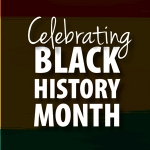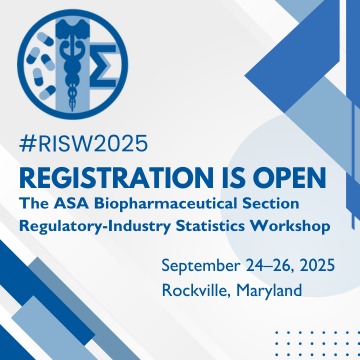- Home
- About
- Printed Issues
- Advertise
- Statisticians in History
- Black History Month 2022
- Celebrating Women in Statistics 2021
- Black History Month 2021
- Celebrating Women in Statistics 2022
- Celebrating Hispanic Heritage Month 2020
- Celebrating Women in Statistics 2020
- Black History Month 2020
- Black History Month 2023
- Celebrating Women in Statistics 2018
- Celebrating Women in Statistics 2019
- PODCAST








